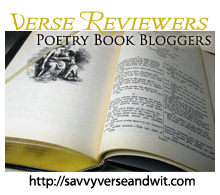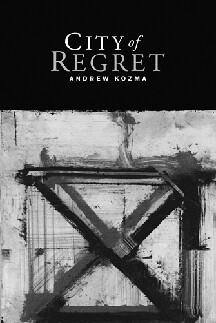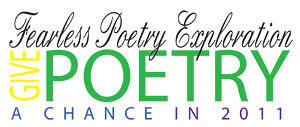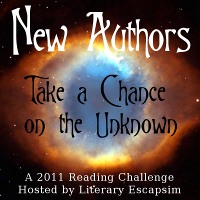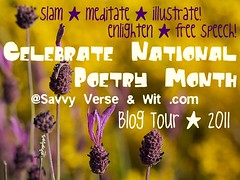I wanted to take a moment to thank everyone who participated and commented during National Poetry Month. The blog tour was not as well organized this year given I’ve had a few life changes in recent months, but overall, everyone who participated did a great job and made me smile with each comment and contribution.
As a thank you, I’ve extended two poetry-related giveaways until mid-May. One is US/Canada only, the other is international.
Please feel free to check out the giveaways and spread the word:
******L.A. and Dog Years and I Can Be the One EP by Luke Rathborne; Deadline May 14 (US/Canada)
******Choose 1 of 5 poetry books to win; Deadline May 14 (Global)
You must enter through the links provided, NOT on this post.
